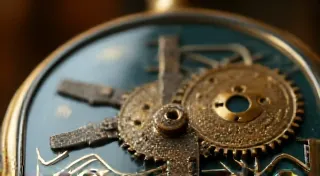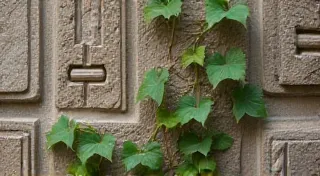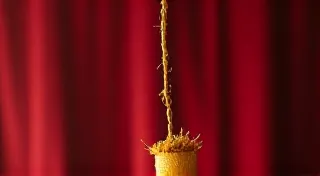The Alchemist’s Gradient: Mastering Shade and Depth for the Left-Handed Script
There's a peculiar romance attached to the imperfect. To the instrument that bears the marks of time, whispering stories of hands that coaxed music from its bellows. I'm thinking of antique accordions – their aged wood, the subtle wear on the keys, the faint scent of rosin and history clinging to the leather straps. Just like those accordions, a left-handed calligrapher’s journey is rarely pristine. It's a dance with frustration, a constant negotiation with the limitations imposed by our unusual positioning. But it's in those imperfections, those moments of wrestling with the ink and the paper, that true artistry blooms.
For those of us who write left-handed, achieving the nuanced shading and depth—the gradient that transforms simple strokes into elegant script—is a particularly complex challenge. It’s not merely about pressure; it’s about the angle of attack, the inherent smudging risks, and the constant awareness of where our hand will be *after* the stroke, not where it is *during*.
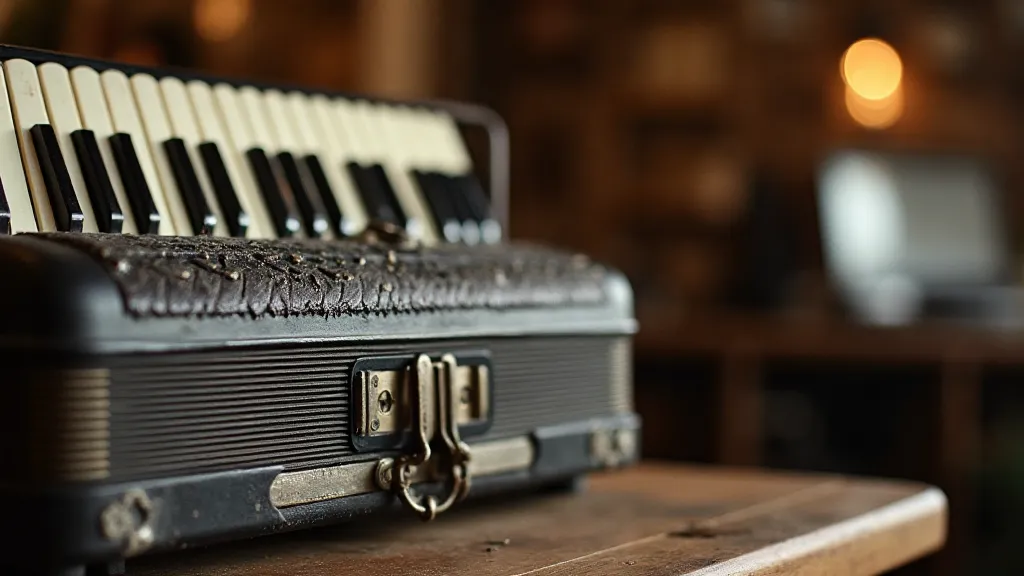
The Historical Context: Shading Before the Broad Pen
The concept of shading in calligraphy isn't a modern invention. Think of medieval manuscript illuminations. While the tools and techniques were vastly different—quills, feather brushes, natural pigments—the fundamental desire to create depth and visual interest was constant. Monks, hunched over their scriptoria, weren’t just copying texts; they were crafting visual masterpieces. Their use of thicker and thinner application of inks created a subtle, organic shading that breathed life into the lettering. Understanding this legacy provides a foundation for our own explorations.
The shift to the modern broad-nib pen brought a heightened focus on controlled pressure and angle. Right-handed calligraphers, generally, have a more straightforward path; they can draw the pen away from themselves, allowing for a cleaner sweep and less risk of disturbing the freshly-laid ink. For lefties, that’s a luxury we often can’t afford. We’re pushing the pen *towards* our body, a recipe for inevitable smudging if not approached with careful consideration.
Understanding the Left-Handed Smudge: A Matter of Angle and Pressure
The most immediate challenge is, of course, ink smudging. It’s a constant, nagging presence. It's not simply a matter of using fast-drying ink (though that certainly helps). It's about biomechanics. The natural inclination for a left-handed writer is to drag the hand across the wet ink, leaving a trail of blurred lines. Imagine an accordionist, struggling to play a complex passage; the tension in their shoulders, the slight tremor in their hands. Writing with that same pressure and awareness is crucial.
Instead of fighting this tendency, we need to work *with* it. This means adopting a steeper pen angle. A shallower angle will naturally encourage the hand to drag across the ink. A steeper angle provides more clearance. Experiment! Small adjustments can make a world of difference. Another key is to rotate the paper. Turning the page slightly away from your body can create a small buffer zone between your hand and the freshly written line.
Beyond angle, the pressure itself needs to be nuanced. Think of a master accordion repairman, gently adjusting a reed, coaxing it to resonate with the perfect tone. We need the same delicate touch. Pressing too hard, even with a steeper angle, will force the ink to bleed and create fuzzy edges. Lighter, more controlled pressure allows for a more gradual build-up of shade. Practice creating gradual transitions from thick to thin strokes, paying close attention to the feel of the pen against the paper.
Tools of the Left-Handed Shade Master: Finding Your Instruments
The choice of tools can significantly impact your ability to achieve shading. While a high-quality broad-nib pen is essential, the paper plays an equally important role. Smooth, absorbent paper is your friend. Paper that allows the ink to flow freely without feathering or bleed-through will make shading significantly easier. Think of the carefully selected wood for an accordion's soundboard; its density and grain influencing the instrument's resonance.
Nib size is also important. A wider nib will naturally allow for more ink deposition, creating darker shades. However, a wider nib can be more challenging to control, especially for left-handed writers. Start with a medium-sized nib and gradually work your way up as your control improves. Experiment with different nib materials, such as stainless steel and gold-plated steel. Each material will produce a slightly different shading effect.
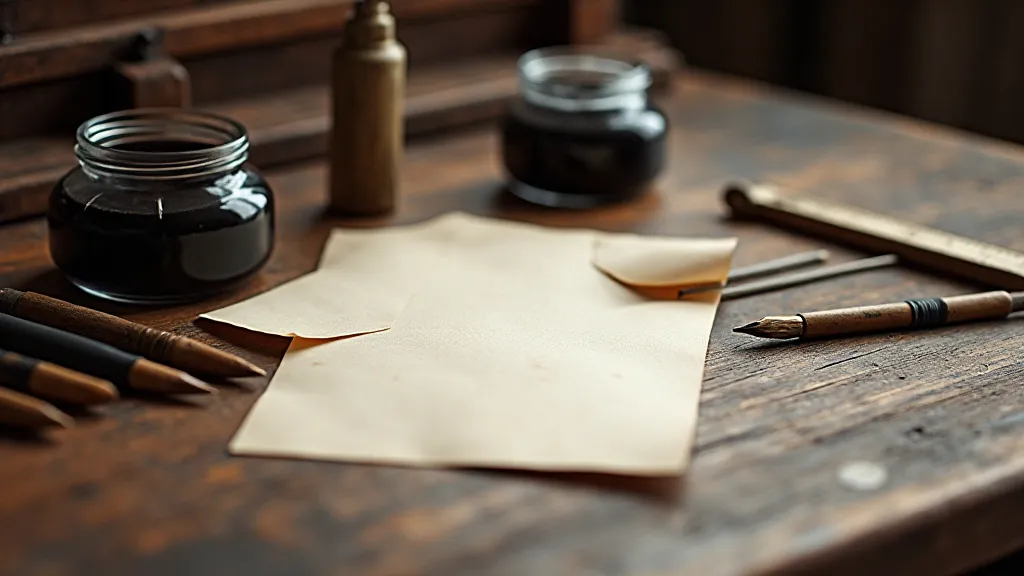
The Art of Restoration: Applying Principles to Your Script
Just as a skilled accordion repairman can breathe new life into a battered instrument, we can restore grace and elegance to our scripts through mindful technique. Shading isn’t merely about applying more or less ink; it’s about creating a visual rhythm. It's about understanding how the eye will perceive the lettering and guiding that perception through subtle variations in shade.
One effective technique is to focus on the downstrokes of your letters. These are the lines that naturally lend themselves to thicker strokes. Gradually increase the pressure as you begin the downstroke and release it as you reach the end. This creates a subtle but noticeable thickening of the line, adding depth and visual interest.
Another technique is to use “ghost strokes” – very faint, nearly invisible strokes that follow the main line. These ghost strokes add subtle layers of ink, creating a more complex and nuanced shading effect. The key is to apply the ghost strokes with the lightest of touches, allowing them to blend seamlessly with the main stroke.
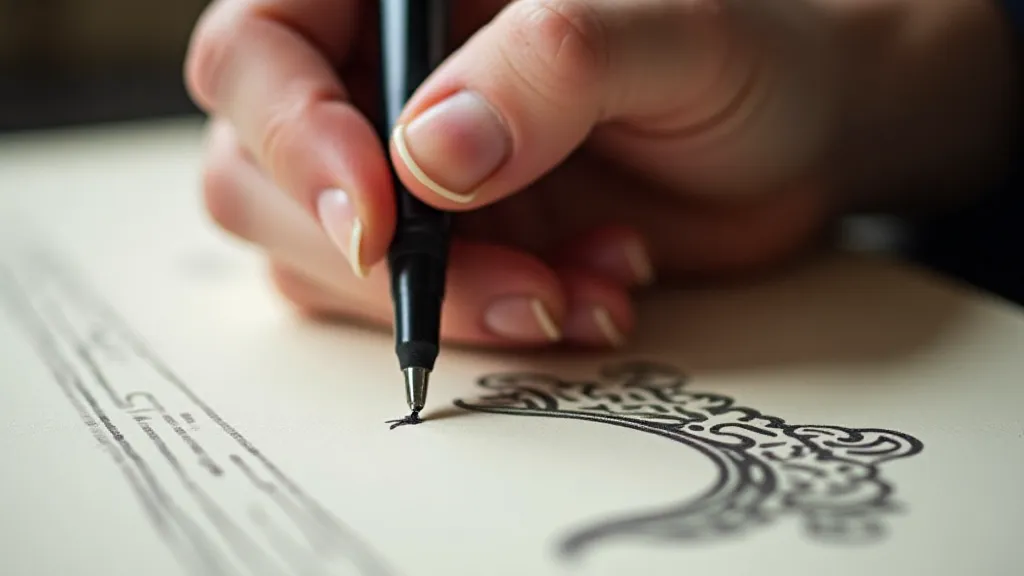
Beyond the Stroke: A Calligraphic Philosophy
Mastering the shading in left-handed calligraphy isn’t just about technique; it’s about cultivating a deeper understanding of the craft. It's a philosophical journey, much like the dedicated accordionist who spends years perfecting their technique, learning to coax the most beautiful music from their instrument. It's about embracing the challenges, celebrating the imperfections, and finding beauty in the process. Embrace the smudge; it is a story, a mark of your journey as a left-handed calligrapher.
Ultimately, the goal isn't to achieve a perfectly uniform shade. It’s to create a script that is expressive, nuanced, and uniquely your own.
